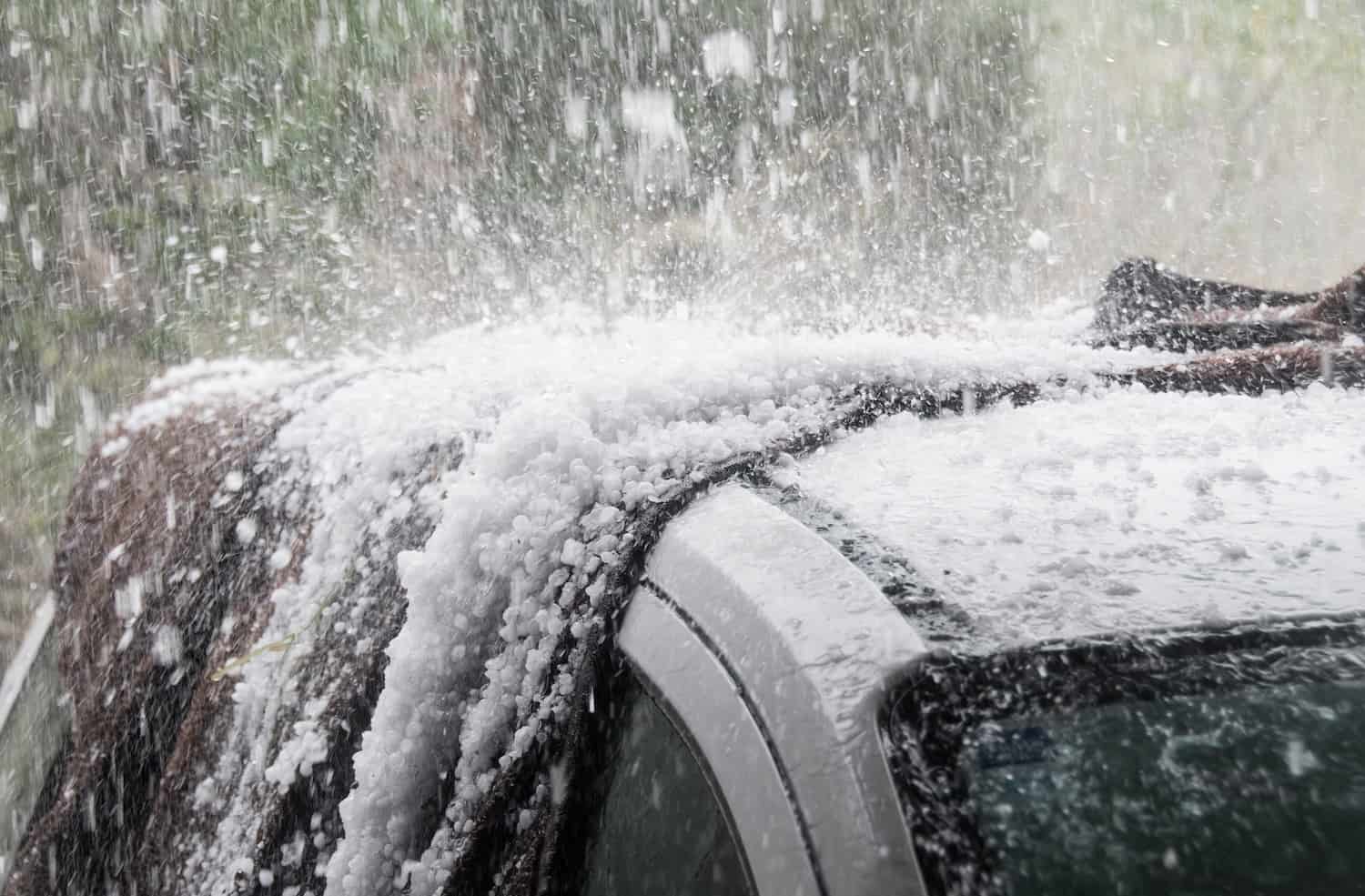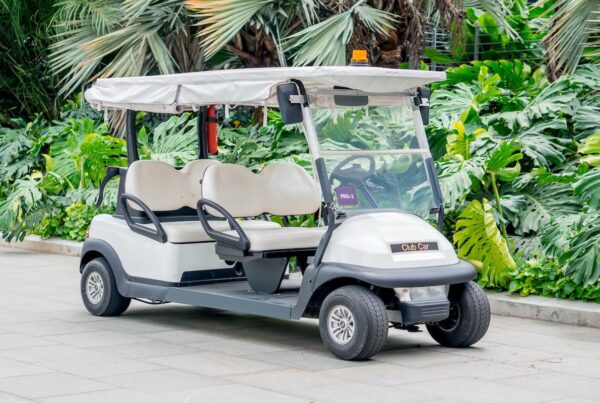Winter driving is already a tricky and dangerous affair without the right techniques, but driving in a hail storm can be especially daunting. These storms will pelt your vehicle with large hailstones that can cause damage to your car, all while creating hazardous driving conditions. Keep in mind these dos and don’ts to help you stay safe while driving in a hail storm.
DO:
- Slow down and reduce your speed. With sufficient force, even small hailstones can chip paint or dimple the body of your vehicle and large hailstones may even break your windshield–hitting large hailstones at high speed will not do any favors for you or your vehicle.
- Turn on your hazard lights to improve visibility during hail storms, as visibility can be incredibly limited. This will make it easier for other drivers to see you and will prevent accidents.
- Seek protection from the hail if possible, especially if you are not comfortable or confident driving in it. Taking temporary shelter under a bridge or overpass can help keep you and your vehicle safe while waiting for the storm to end.
- Look out for other drivers on the road. Just as the poor weather may impact your ability to drive safely, other drivers may be driving dangerously due to the storm as well. Maintain a safe following distance from other vehicles to give you more time to react to other drivers and hazards.
- Ensure your windshield wipers are on to keep your view clear and your windshield from filling with hail.
DON’T:
- Don’t panic. Stay calm and keep your focus on the road. If you feel overwhelmed and that you are unable to drive safely, consider seeking protection under a bridge or overpass and pulling over til the hail storm subsides.
- Don’t drive through standing water. Driving through standing water, especially if it is deep, can cause you to lose control of the vehicle as your car hydroplanes.
- Don’t ignore large hailstones. If the hailstones are large enough, they can cause serious damage to your vehicle by chipping paint, dimpling your vehicle’s body, and even cracking or breaking your windshield.
- Don’t drive with your windows open. In addition to the distraction being pelted with hailstones can cause, if hail can cause damage to your car’s hard exterior, it poses a real danger to your body as well.
- Don’t try to outrun the storm by increasing your vehicle’s speed. Under normal circumstances, traveling faster than the legal speed limit is dangerous for you and others. This danger is increased many times over when the road is slick with hailstones and visibility is limited.
- Don’t forget to check your vehicle for any hail damage once the storm has passed. Damaged windshields, mirrors, or vehicle lights should be repaired in a timely manner to keep you safe on the road.
By following these simple dos and don’ts, you can ensure you and your vehicle remain safe and unharmed while driving during a hail storm.





